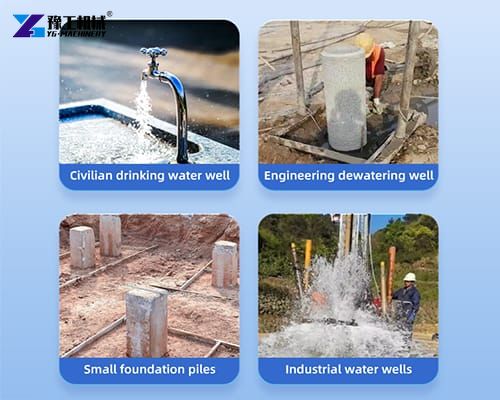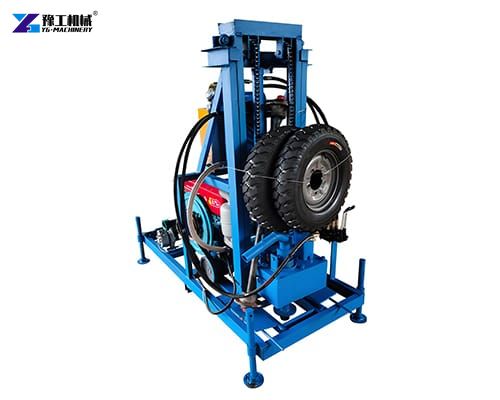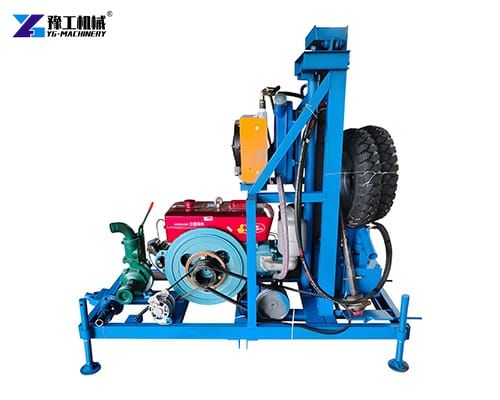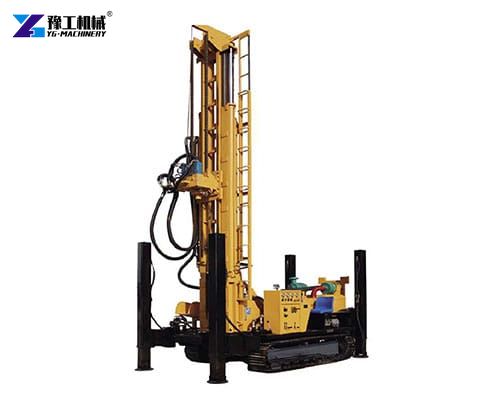Portable water well drilling machine is a compact, lightweight device designed to drill into the earth’s surface to extract groundwater. Unlike large-scale, stationary drilling rigs typically used in industrial or urban settings, portable machines are engineered for ease of transportation and rapid deployment in remote or hard-to-reach locations. They utilize a variety of drilling techniques, including rotary drilling, percussion drilling, and auger drilling, to penetrate various soil and rock formations.
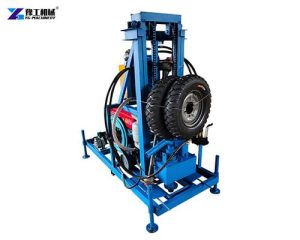

Core Features and Benefits
Portability and Mobility:
The defining characteristic of a Portable Water Well Drilling Machine is its compact size and lightweight design. This allows for easy transportation via truck, ATV, or even manual carry in the most inaccessible areas. The mobility aspect is crucial, especially in regions where roads are non-existent or heavily damaged, enabling drillers to reach even the most isolated communities.
Cost-Effectiveness:
The initial investment in a portable drilling machine may be higher than some manual drilling methods, but its long-term cost-effectiveness is undeniable. With reduced labor requirements, faster drilling speeds, and lower maintenance costs, it offers a significant return on investment. Moreover, the ability to drill multiple wells in various locations without the need for extensive infrastructure setup further enhances its economic viability.
Sustainability and Environmental Impact:
The Portable Water Well Drilling Machine promotes sustainable water management practices. By enabling the extraction of groundwater in a controlled and efficient manner, it reduces over-exploitation of surface water sources, such as rivers and lakes. This, in turn, preserves ecosystems and mitigates the risk of water scarcity in the long run. Additionally, many models are powered by eco-friendly energy sources like diesel, electricity, or even solar, minimizing their carbon footprint.
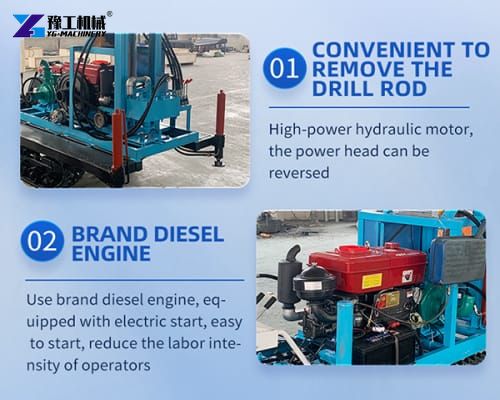
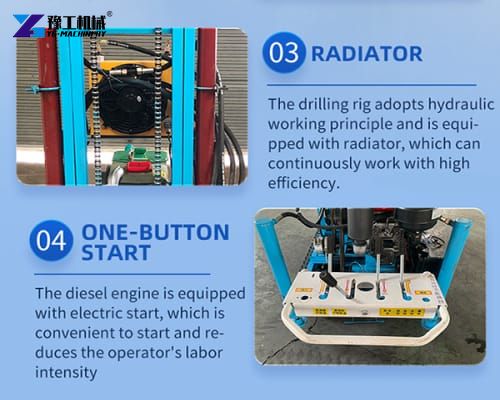
Advantages of Portable Water Well Drilling Machines
Mobility and Accessibility
The primary advantage of a portable water well drilling rig is its ability to operate in areas inaccessible to larger equipment. Rugged terrains, dense forests, or disaster-stricken zones become manageable with these agile machines. Their compact size allows them to navigate narrow paths and set up quickly without requiring extensive site preparation.
Cost-Effectiveness
Traditional drilling rigs involve high transportation costs, labor fees, and prolonged project timelines. Portable rigs reduce these expenses significantly. Their efficiency in completing projects faster translates to lower operational costs, making them ideal for small-scale farmers, rural communities, or NGOs with budget constraints.
Versatility in Drilling Conditions
Portable drilling machines adapt to various geological conditions. With interchangeable drill bits and adjustable drilling methods, they handle soft soils, hard rock, and everything in between.
Ease of Use and Maintenance
Designed for simplicity, these rigs require minimal training to operate. Routine maintenance—such as lubricating parts or replacing drill bits—can be performed onsite without specialized tools.
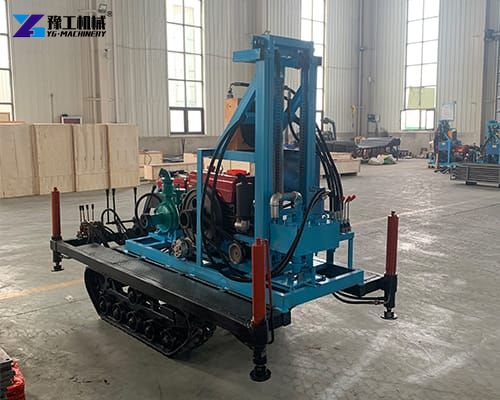
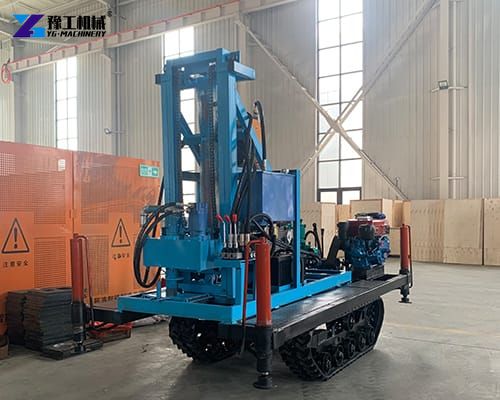
Applications of Portable Water Well Drilling Machines
Agricultural Irrigation
Farmers in arid regions rely on portable rigs to install irrigation wells, ensuring consistent water supply for crops. The ability to drill multiple wells across vast farmland boosts agricultural productivity.
Residential Water Supply
Homeowners in off-grid locations use portable machines to create private wells, reducing dependence on municipal systems. This is particularly valuable in regions with unreliable water infrastructure.
Disaster Relief and Emergency Response
During floods, earthquakes, or droughts, portable drilling rigs deploy rapidly to provide clean water for affected populations. Their mobility is critical in restoring access to safe drinking water swiftly.
Geotechnical Surveys
Engineers and environmental scientists use portable rigs to collect soil and groundwater samples for analysis. This data informs construction projects, environmental assessments, and resource management plans.
Mining and Exploration
Small-scale mining operations employ these rigs to locate water sources for processing minerals or supporting onsite personnel.
